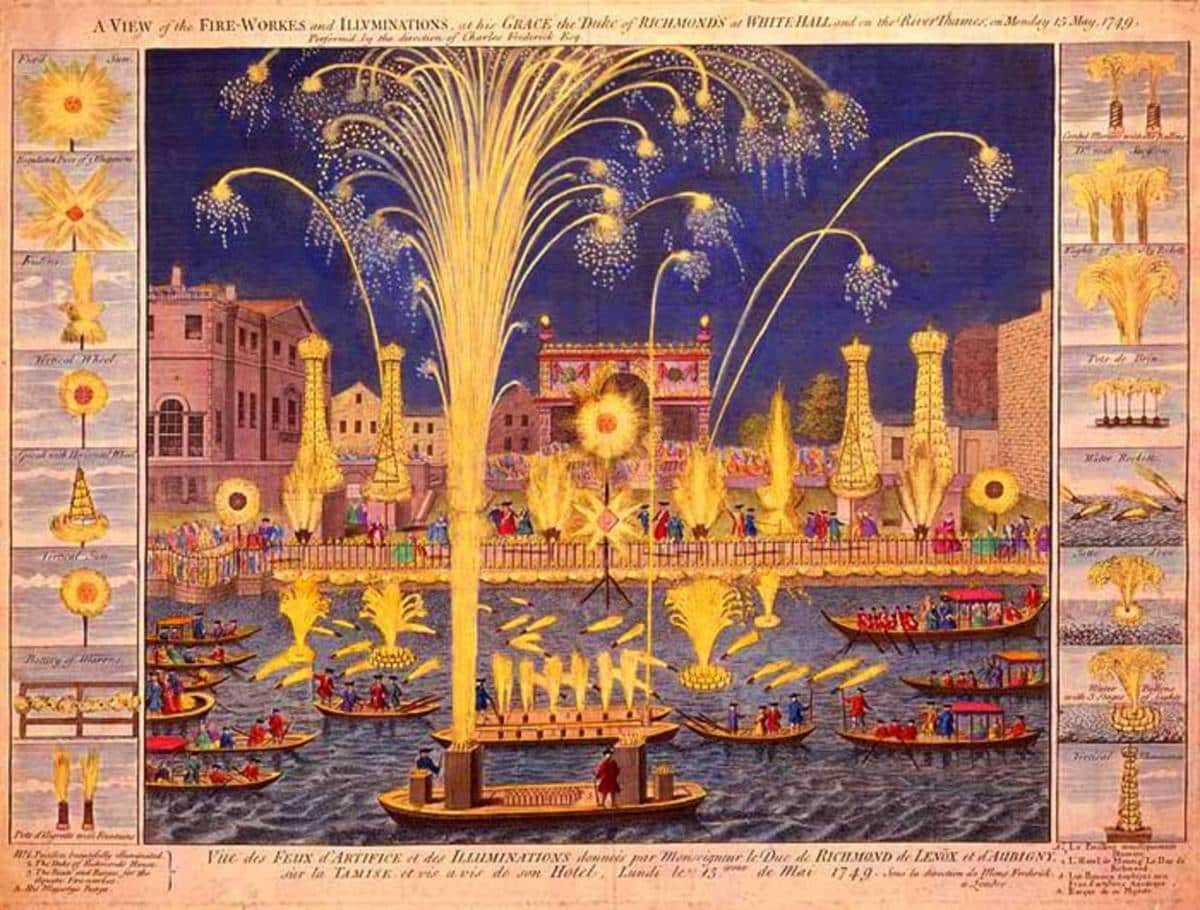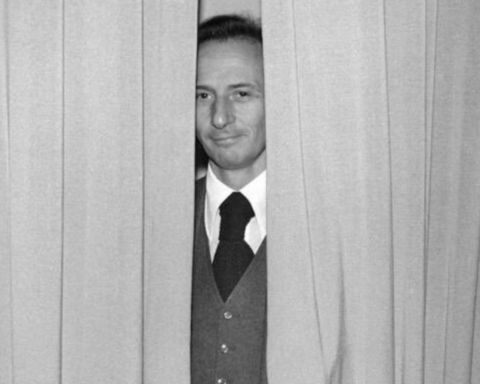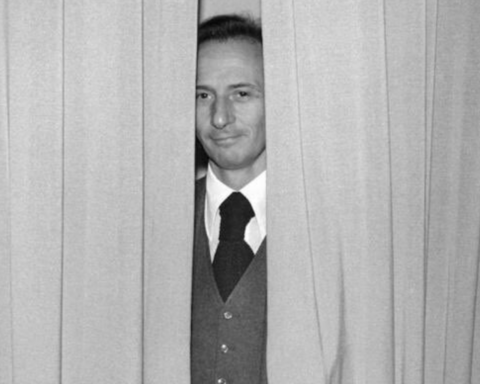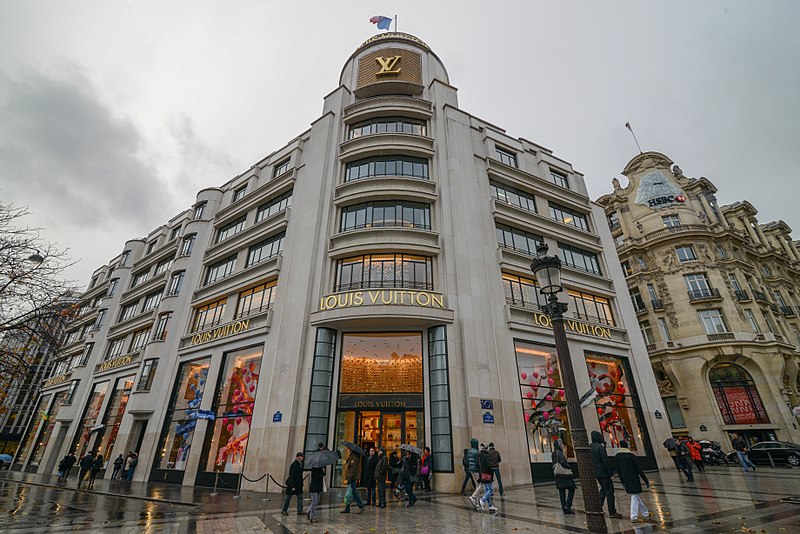Must of the 14th of July, fireworks first appeared in China in the 7th century, with a much less festive role than today: to ward off evil spirits.
Brought back by the explorer Marco Polo, these “magic fires” soon became a symbol of royal authority in Europe, particularly in Italy. Although its manufacture has evolved over the ages, the recipe for gunpowder, known as “black powder”, remains the same: sulfur, saltpetre and charcoal. Black powder was originally developed for medicinal purposes, before being used as a decisive weapon in military campaigns.
It became an object of entertainment and fascination for the monarchs of Europe, and an essential component of fireworks displays. This ultimate royal attribute was finally preserved after the French Revolution to become a key component of popular celebrations. However, both safety and ecological considerations (carbon footprint and animal welfare) are gradually replacing fireworks with swarms of drones, both in France and in their native lands.
A look back at an invention made of light and sound.
China discovers black powder
One of the four great Chinese discoveries of the ancient world – alongside the compass, printing and paper – black powder is a source of national pride.
As proof, 2,000 years later, Liuyang, in Hunan province, the most credible birthplace of the famous magic powder, remains a mecca for the international fireworks trade. The latter – which also has its national museum in the city – is called 烟花 yān huā, meaning “smoke flower”.
A tenacious legend has it that fireworks were discovered by chance, by Taoist alchemists during the reign of the Tang dynasty. The etymology of the word “fireworks”, 花 药 in Mandarin (huā yào), literally means “fire medicine”.
Click here to read the full article on Luxus Plus Magazine.
Featured photo : © Engraving of the royal fireworks display on the River Thames, London, England in 1749.










